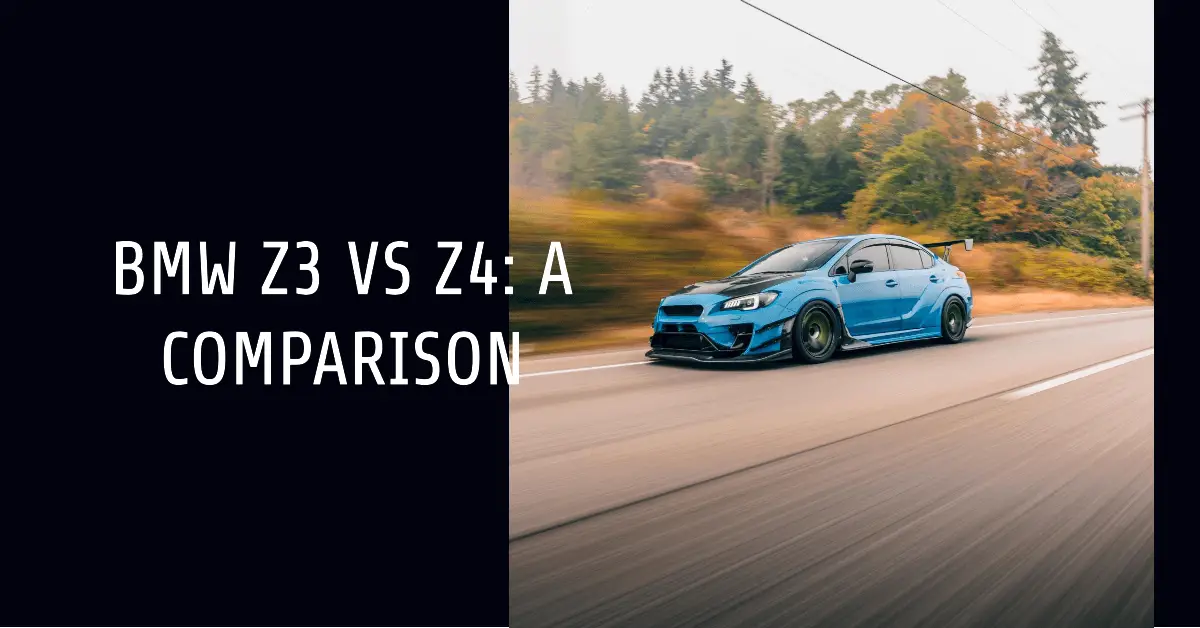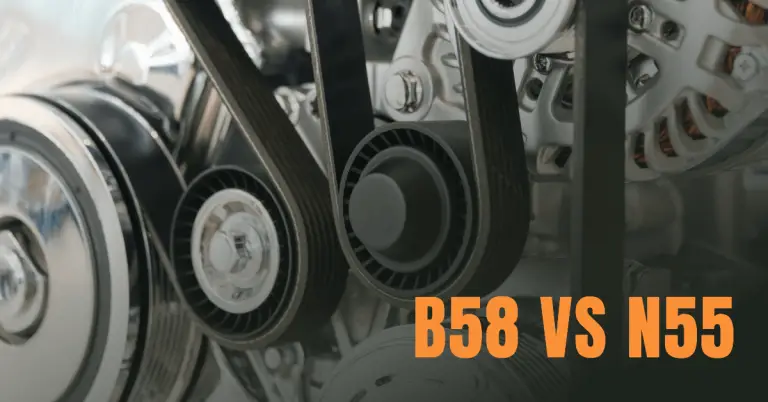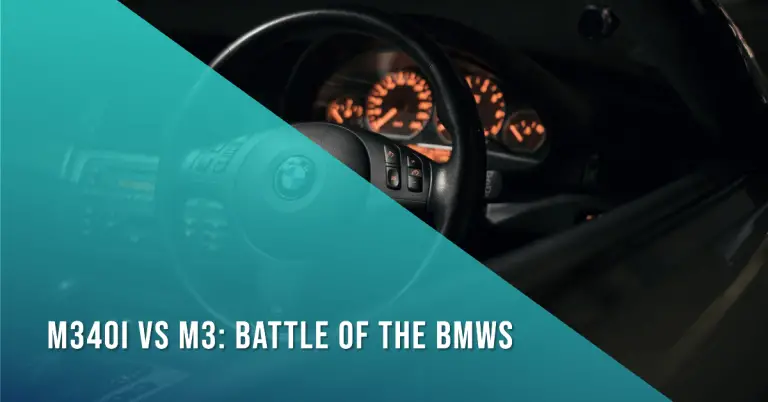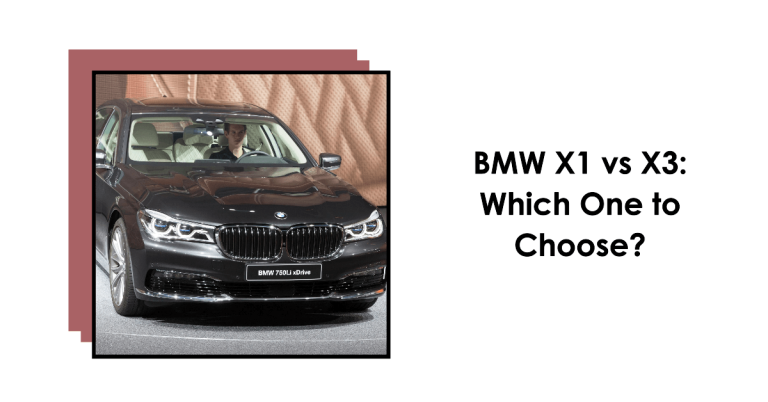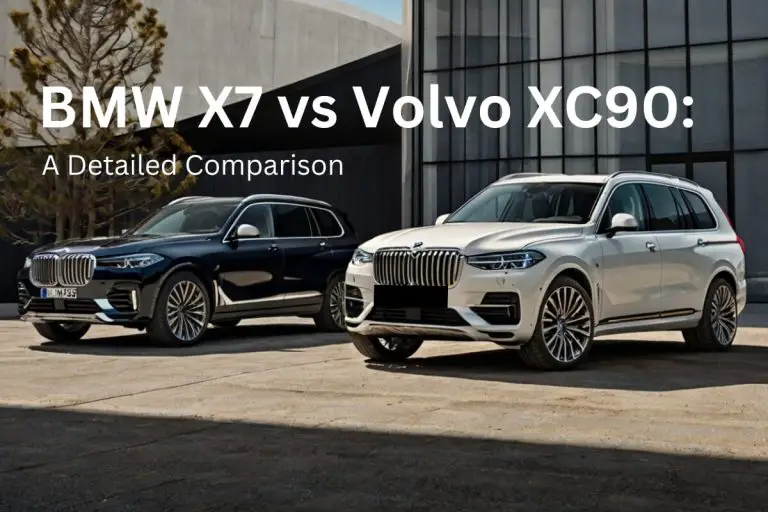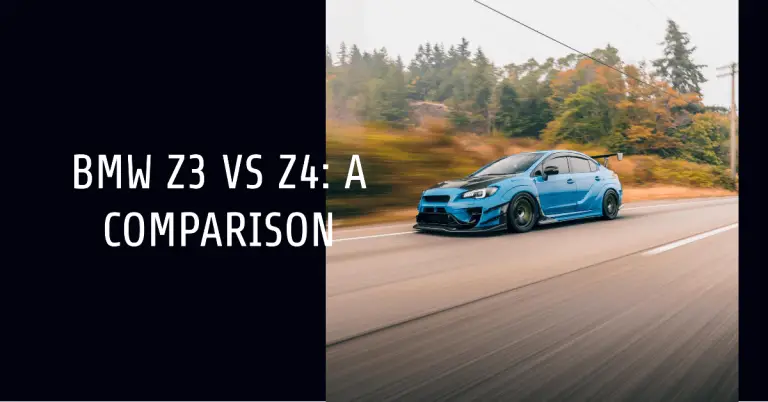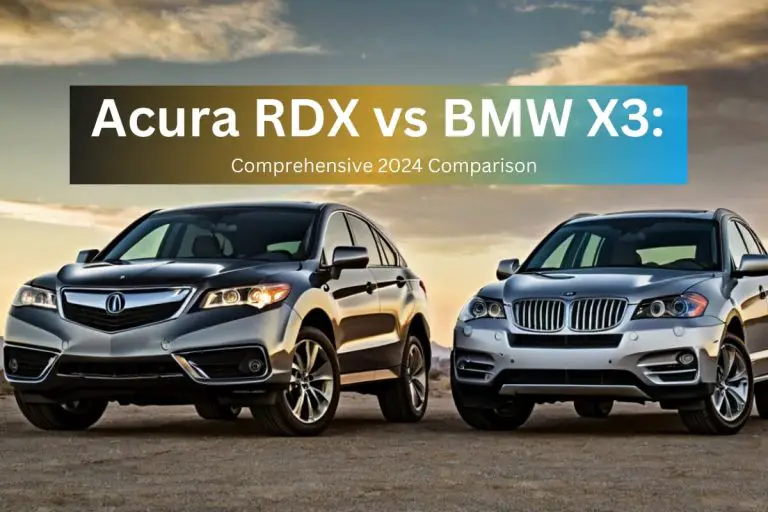Z3 vs Z4: A Comparison of BMW’s Iconic Roadsters
Roadsters capture the pure joy of driving with their open-top design and nimble handling. BMW has made two of the most iconic roadsters of all time – the Z3 and Z4. But which BMW convertible is right for you? We compare the BMW Z3 and Z4 across price, performance, styling, and practicality to help you decide. Read on to see how these classic BMW roadsters stack up.
How Do the BMW Z3 and Z4 Compare on Price?
When it comes to pricing, both the Z3 and Z4 offer affordable ways to get into a fun BMW roadster, especially if you go the used route. Here’s an overview of MSRP pricing through the years, as well as what to expect for used pricing today:
- The Z3 was in production from 1996 to 2002. Base MSRP started at $28,750 for the 1.9L model and topped out at $39,470 for the 2001 Z3 3.0i. The supercharged Z3 M Roadster had an MSRP of $42,770.
- The Z4 entered the market in 2003 as a replacement for the Z3. The first generation Z4 had a base MSRP of $33,130 for the 2.5i model. In 2006, the Z4 was refreshed with a more powerful engine, with the base 3.0i starting at $36,050. The hi-po Z4 M carried an MSRP of $56,695.
- When the redesigned second generation Z4 launched in 2009, the sDrive28i model had a base MSRP of $46,575. The top-of-the-line Z4 sDrive35is packed a potent 335 hp engine and cost $61,925 new.
Today, used Z3 and Z4 models can be found for quite affordable prices:
- Early Z3 roadsters can be found for $5,000 to $15,000 depending on condition, mileage, and equipment. Some higher output models like the Z3 coupe and M Roadster still command closer to $20k+.
- First generation Z4 prices typically range from $7,000 for older high mileage examples to around $25,000 for newer, lower mileage versions. The Z4 M still brings $30k+.
- Second gen Z4 models start around $15,000 for the sDrive28i and climb to $25,000+ for the powerful 35is.
While configured similarly, the Z4 does demand more of a premium over the Z3 which offers more bang for your buck. But dollar for dollar, both are reasonably priced entry points into BMW roadster ownership.
Z3 vs Z4: Performance and Handling Dynamics
When it comes to straight line performance and handling prowess, the Z3 and Z4 are closely matched rivals with some key differences:
- Engines – The Z3 was powered by four and six-cylinder engines ranging from 1.9L to 3.2L displacement and 138 to 315 hp. The Z4 upped the ante with engines from 2.5L to 3.5L making anywhere from 172 hp in the early 2.5i to 335 hp in the Z4 M and Z4 35is.
- Transmissions – Both roadsters were offered with 5-speed manual and automatic transmissions. But starting with the second gen Z4, a 7-speed dual clutch transmission was available, allowing faster shifts.
- Acceleration – The quickest Z3 could hit 60 mph in just 5.2 seconds – the supercharged 2002 Z3 M. The fastest Z4 was the 2009 35is at 4.8 seconds thanks to a heavily boosted inline-six.
- Handling – With a near perfect 50/50 weight distribution and stiff chassis, both models exhibit superb handling characteristics. Slight edge goes to the Z4 with its more advanced suspension design and available active steering.
- Braking – Upgraded compounds and larger discs through the years mean both models provide strong, fade-free braking. Again the Z4 probably stops a few feet shorter.
While the Z4 ultimately pulls ahead in performance, that doesn’t diminish just how nimble and fun the Z3 is to drive on a winding road. Lightweight with excellent balance, it delivers an intensely engaging experience behind the wheel. For the money, it can’t be beat.
Styling and Design Differences
Part of the appeal of a roadster is that gorgeous open-top styling, and both the Z3 and Z4 are lookers:
- Z3 – Classic long hood, short deck proportions give it vintage British roadster looks. The Z3 debuted with sleek, minimalist styling by Joji Nagashima. 2001 saw a facelift with revised lighting and bumpers.
- Z4 – More contemporary styling versus the retro Z3. Debuted with controversial “flame surfacing” by Chris Bangle. The 2009 redesign was an evolution featuring cleaner, more angular aesthetics.
- Interiors – Both roadsters lean towards function over form inside. The Z3 uses more plastic and rubber while the Z4 gains leather and metallic trim. Z4 cabins feel a bit more upscale.
- Special Editions – BMW created several limited edition Z3 and Z4 models over the years with unique paint colors, interior treatments, and trim – the Z3 Coupe M Coupe, Z4 M Coupe, and Z4 35is being some of the most coveted.
While subjective, the general consensus is that the second generation Z4 is the most aesthetically pleasing, while the blob-eye first gen Z4 tends to be less favored. The Z3 meanwhile maintains an enduring retro appeal. Both look right at home cruising coastal highways on a sunny day.
Practicality and Daily Driving
As fun as they are, roadsters do require some practicality compromises. Here’s how the Z3 and Z4 compare for real world use:
- Dimensions – The Z3 spans 161.1 inches long by 67.7 inches wide. The Z4 measures 161.1 inches long as well for the first gen and 166.9 inches for the second. Width is 68.5 inches. Overall the two are very close in size and bulk.
- Cargo Space – With the top down, don’t expect to haul much. But the Z4 does offer a larger 10 cubic feet of cargo space versus just 6 cubic feet in the Z3. The Z4’s hatchback liftgate also aids loading.
- Seating – Both have 2 seat configurations and snug cockpits. Z4 seats do offer better comfort and adjustability however. Long trips are feasible in the Z4.
- Reliability – The Z3 is known for requiring more maintenance with age, specifically the rear trailing arm bushings. The Z4 has proven more reliable as long as regular maintenance is kept up.
- Safety – While dated by today’s standards, when new both models offered driver and passenger airbags and available stability control. The Z4 added side airbags and seatbelt pretensioners.
Neither car is hugely practical, but the Z4 does come out ahead here. With slightly more interior space, cargo flexibility, and better seats, it can more easily serve as an only car. The Z3 requires more compromise and is best as a weekend toy.
Which Is the Better BMW Roadster – Z3 or Z4?
So between these two affordable BMW drop tops, which makes for the better buy? Here is a quick recap of their respective strengths:
- The BMW Z3 wins on classic styling and value. With its vintage looks and lower used prices, it provides an accessible entry point into top down BMW driving. It’s also lighter and sweeter to steer.
- The BMW Z4 takes the lead on performance and daily livability. With more power and tech, it’s both quicker and easier to live with. The second gen also has arguably the best styling blend.
Other considerations for used buyers:
- Resale Value – The Z4 holds value a little better, while Z3 prices have leveled off. But both offer affordable access to the BMW roadster experience.
- Our Pick – While close, overall we give the nod to the BMW Z4 as the better all-around roadster. The second generation models deliver the complete package with timeless styling, potent power, and usable practicality.
In the end, you can’t go wrong with either of these classic BMWs if you are searching for an affordable used sports car. Be sure to test drive and inspect maintenance records thoroughly before buying. Properly maintained, these German roadsters provide endless smiles per mile long after their factory warranties expire. Their rev-happy engines, crisp handling, and cool styling make the Z3 and Z4 enduring classics.
Recap – Key Differences Between the BMW Z3 and Z4
- The Z3 has more vintage, retro styling compared to the more modern Z4 designs.
- The Z3 is the more affordable option used, but may require more maintenance down the road.
- The Z4 offers significantly more power, especially in the high-performance M and 35is models.
- The Z4 has a usable edge for cargo room and daily driving comfort and convenience.
- Both are agile drivers’ cars, but the Z4 gains an edge in acceleration, braking, and advanced handling tech.
Buy Used for More Value
Opting for a used Z3 or Z4 instead of paying new car premiums can provide some great benefits:
- Save Money – Choose from models ranging from $5,000 to $25,000 – a fraction of current new car prices.
- Better Selection – Access a wider range of model years, special editions, and configurations versus what’s on dealer lots today.
- Proven Reliability – Buying used lets someone else take the depreciation hit. You get a roadster with several years of proven reliability.
- Fewer Hidden Costs – Used prices are upfront. With new, hidden costs like higher insurance premiums and sales tax can creep up.
For the frugal shopper, buying an old Z3 or Z4 yields loads of performance and fun for less money. Plus they look just as stylish and sporty cruising around today as they did years ago when new.
Test Drive and Inspect Before Buying
To make sure you select a sound used Z3 or Z4, be sure to:
- Test drive – Assess overall drivability and check for warning signs of issues like engine smoking, gearbox grinds, or suspension clunks. Give the soft top a thorough check as well.
- Inspect Records – Look for complete maintenance history. Interval oil changes, filter and fluid changes, brake and tire swaps should all be up to date.
- Get a PPI – Paying a mechanic for a pre-purchase inspection catches problems like leaks, worn components, and abuse. It also verifies mileage.
- Assess Condition – Check for accident damage, paintwork, interior wear. The cleaner the better, with minimal dings, scrapes or defects.
Buying from a private seller? Request maintenance records and be even more diligent inspecting condition. At a dealership, cars should have passed a safety inspection already but still do your due diligence.
Why The Z3 and Z4 Remain Great Used Sports Car Buys
Even a decade or more old, here is why we still think the Z3 and Z4 represent smart buys on the used market:
- Timeless styling – Their classic roadster proportions, short rear deck, and long swept front hood look just as gorgeous today as ever.
- Strong value – Prices have hit their bottom and you can find clean examples for reasonable money. Much less than current new sports cars.
- Willing engines – Both the Z3 and Z4 offer lively powertrains that love revving to redline when you flex your right foot.
- Driver engagement – The communicative steering, balanced chassis, and short gearing make for smiles on twisty roads.
- Open air freedom – Few thrills match dropping the top on a warm day and enjoying the sun and wind in your hair as you cruise the coast.
On the used market, the Z3 and Z4 let you access the BMW brand and driving experience at attainable prices. There are certainly even faster and more capable sports cars today, but dollar for dollar, these roadsters remain Fahrfreude bargains.
The Better Buy Depends On Your Needs
When it comes to deciding between the Z3 or the Z4, it ultimately comes down to your needs and preferences as a buyer.
If you value classic styling, light weight maneuverability, and don’t mind trading some comfort for an intense driving experience, the Z3 likely makes you smile more. Opt for one of the later fixed-roof coupe versions for added rigidity and sleek looks.
But for those who want more visceral power, sharper handling, and increased occupant and cargo space, the Z4 is hard to beat. It feels that much more refined and mature. The 35is and M editions take the Z4’s performance to even higher levels.
You really can’t go wrong either way. At the end of the day, choosing between these two affordable driver’s roadsters comes down to your head versus your heart. Let your priorities and taste be the deciding factor – then get ready to enjoy timeless BMW fun!

